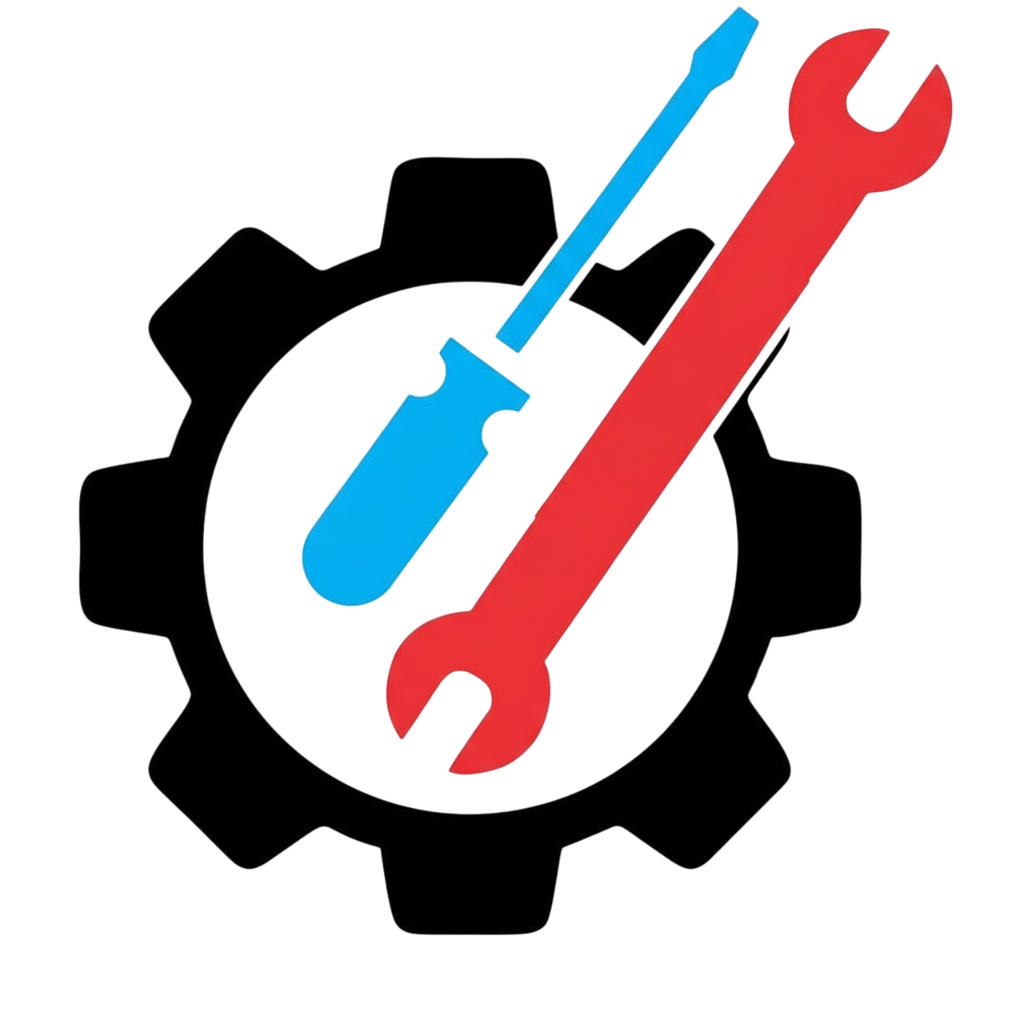Weld Process Efficiency Tool
A comparative guide to help welders, supervisors, and engineers understand the relative efficiency and productivity of the major welding processes.
Process Comparison
This table shows typical values for deposition rate and operator factor. These are the two key metrics for welding productivity.
| Process | Deposition Rate | Operator Factor |
|---|---|---|
| GTAW (TIG) | 0.5 - 1.5 kg/hr | 15-25% |
| SMAW (Stick) | 1 - 5 kg/hr | 20-40% |
| GMAW (MIG) | 2 - 8 kg/hr | 30-60% |
| SAW (Submerged Arc) | 5 - 20+ kg/hr | 50-90% |
Measuring Welding Productivity
In a production environment, time is money. The most "efficient" welding process is the one that can deposit the required amount of quality weld metal in the least amount of time. This productivity is primarily measured by two factors:
- Deposition Rate: This is the weight of weld metal deposited per unit of time, usually measured in kilograms per hour (kg/hr). Processes with continuous wire feeding (like GMAW and SAW) have much higher deposition rates than manual processes like SMAW.
- Operator Factor (or Duty Cycle): This is the percentage of a welder's workday that is actually spent welding ("arc-on time"). The rest of the time is spent on ancillary tasks like changing electrodes, cleaning slag, moving equipment, or taking breaks. A process that requires less of this "downtime" will have a higher operator factor.
The choice of welding process is always a trade-off between quality, speed, and cost. While GTAW (TIG) produces the highest quality, its very low deposition rate makes it unsuitable for filling large joints. Conversely, SAW is incredibly fast but is limited to certain positions and requires more expensive equipment.
